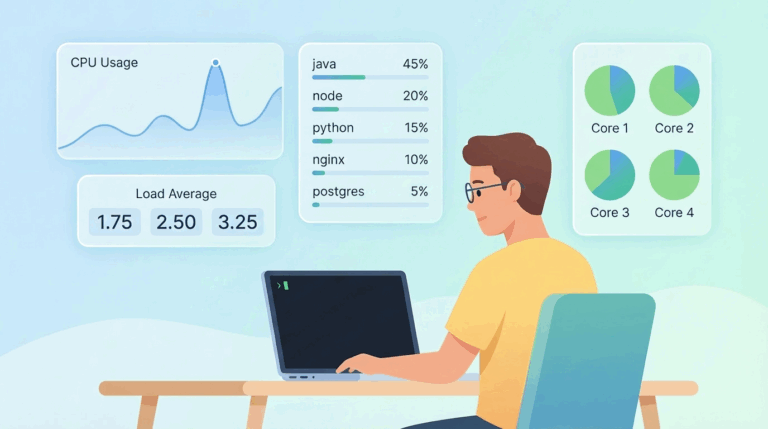Podman is a Linux native tool designed to find, run, build, share and deploy applications using Open Containers Initiative ( OCI) Containers and Container Images. We collect this basic podman cheat sheet to help you learn it efficiently.
Table of Contents
podman run –rm -it [–name name] image:tag command
- Run a container based on a given image.
- –rm Remove the container after it exits
- -it Connects the container to the terminal
- –name name Connect the container to the terminal
- image:tag The image used to create the container
- command A command to run (/bin/bash for example)
- -d Run the container in the background
- -p 8080:32000 Expose container port 8080 as localhost:32000
- -v /var/lib/mydb:/var/lib/db Map the /var/lib/mydb directory on localhost to a volume named /var/lib/db inside the container
podman commit container newImage:tag
Create a new image based on the current state of a running container
podman create [–name name] image:tag
Create (but don’t start) a container from an image
podman start container
Start an existing container from an image
podman restart container
Restart an existing container
podman wait container1 [container2…]
Wait on one or more containers to stop
podman stop container
Stop a running container gracefully
podman kill container
Send a signal to a running container
podman rm [-f] container
Remove a container (use -f if the container is running)
podman stats container
Display a live stream of a container’s resource usage
See also: Mastering the Linux Command Line — Your Complete Free Training Guide
podman inspect container
Return metadata (in JSON) about a running container



